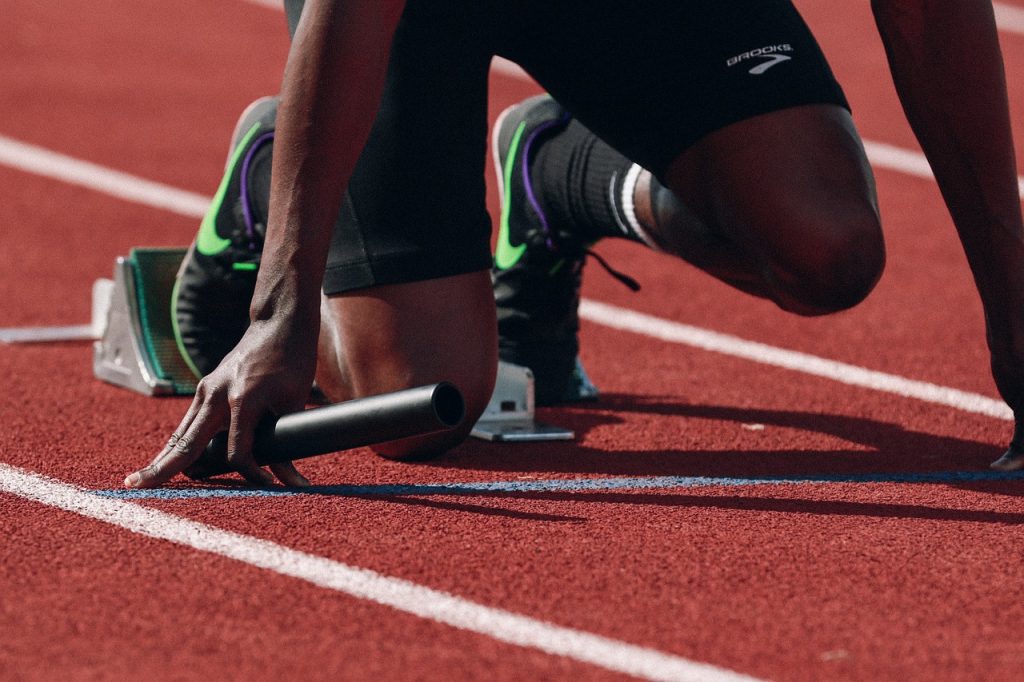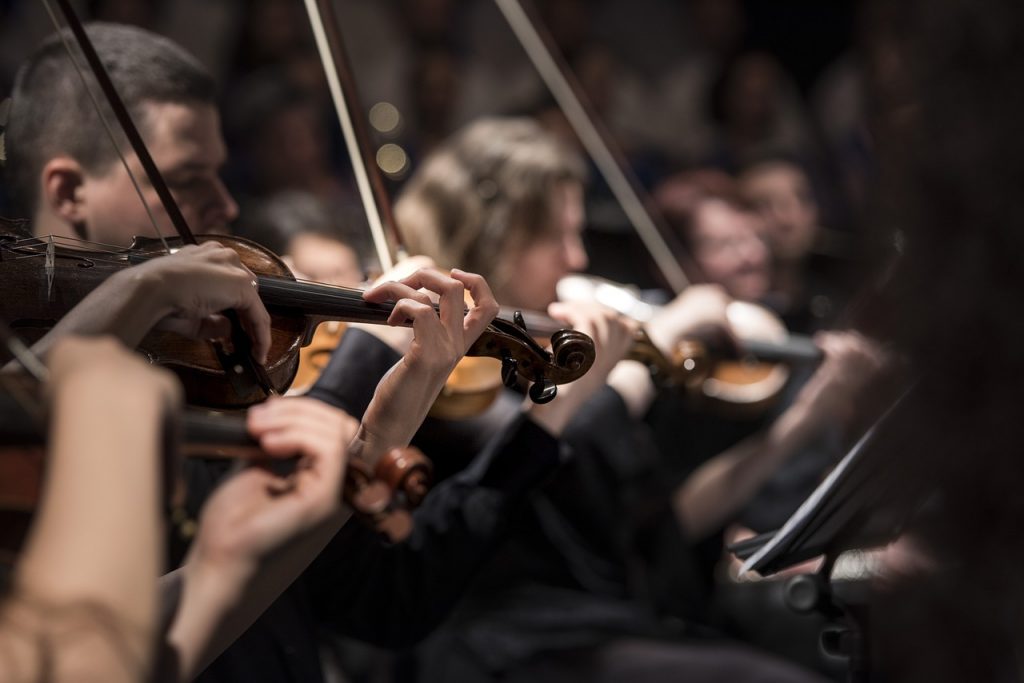From athletes to artists, performers across the globe rely on pre-performance rituals to prepare for the moment of truth. Michael Jordan famously wore his old North Carolina college shorts under his Chicago Bulls uniform for every game. Serena Williams is known for her precise pre-serve rituals. These actions may seem quirky or unnecessary to an outsider. However, to the performer, they are invaluable tools for focus, confidence, and emotional regulation.
Pre-performance rituals are deliberate, meaningful actions repeated by individuals to prepare themselves mentally, emotionally, or physically for a high-pressure task. Unlike everyday habits, these rituals carry a sense of purpose. They act as a psychological bridge between preparation and execution.
They can take various forms: physical routines such as specific warm-ups, social gestures like team handshakes, or even spiritual practices like prayer. These rituals help calm anxiety, sharpen focus, or build a sense of unity. Despite their differences, all pre-performance rituals aim to instill a sense of control and readiness. This is meant to empower performers to focus their energy and attention on achieving success.
Singapore’s unique blend of cultures and rituals
Being a busy port city and strategically positioned at the crossroads of global trade routes has nurtured Singapore into a melting pot of cultures. Founded as a British trading post in 1819 by Sir Stamford Raffles, the island quickly attracted immigrants from China, India, the Malay Archipelago, and beyond. These communities brought a wide array of traditions, languages, and practices, each contributing uniquely to Singapore’s identity. Today, the nation stands out for its harmonious cultural blend, where people of different backgrounds live, work, and celebrate together in harmony. This multicultural heritage often finds representation in the rituals and practices of Singapore’s athletes.
Harpreet Singh, a former professional badminton player, explained how he felt his pre-match rituals were rooted in his Sikh heritage. “When I first started, I didn’t consider it a cultural thing – it was just something personal to help centre myself”, he said. “But looking back now, it’s definitely tied to my heritage. It’s like taking part of my community with me when I step onto the court, no matter where I’m playing.”
Before every badminton match, Harpreet recited a shortened version of the Sikh prayer, Ardas. Recited as part of daily spiritual practices or before important activities, it serves as both a personal and collective appeal to God, the Guru, and the wider Sikh community for guidance, blessings, strength, and forgiveness. For Harpreet, the prayer wasn’t about asking for divine help or relying on luck. Instead, it was a way to create a moment of stillness. “It was just an effective way to calm me down – stabilised me a little,” he explained. The rhythmic nature of the prayer anchored him in the present, reducing the anxiety that often accompanies high-stakes competition.
This ritual functioned like mindfulness, allowing him to tune out distractions, focus his thoughts, and mentally prepare for the challenges ahead. Its familiarity reassured him that he was ready, helping him step onto the court with composure and clarity. The prayer also carried cultural and personal significance, connecting him to his roots while giving his actions deeper meaning. For him, this ritual became a steadying force that balanced the mental demands of the game with the emotional weight of competition.
A Singaporean-Inspired “Five Elements Unity”
As the goalkeeper for the Civil Defence Academy Futsal Team, Yuen Ming created his own unique pre-performance ritual, which he calls the “Five Elements Unity”. This practice blends symbolic gestures with team-building exercises, inspired by Singapore’s multicultural heritage and the values represented by the five stars on the national flag. Before each game, Yuen Ming gathers his teammates in a circle near the goalpost. Together, they touch the ground and then raise their hands to the sky, symbolising gratitude for opportunities and their shared commitment to excellence. Each movement is meant to align with one of Singapore’s “five stars” – progress, justice, equality, democracy, and peace – values that unite the team and reflect their role as ambassadors of Singapore’s diversity.
The ritual concludes with a short chant led by Yuen Ming, spoken in three languages: “Together we stand” in English, “Majulah” (onward) in Malay, and “加油/jiā yóu” (add oil or keep going) in Mandarin. This multilingual mantra is intended to honor Singapore’s cultural fabric, and reinforces the strength the team draws from their diverse backgrounds. Once complete, Yuen Ming taps the goalpost three times, reminding himself of his role as the last line of defense, and then he’s ready to play.
While Yuen Ming appreciates the cultural resonance of his ritual, he admits it wasn’t a deliberate choice at the time. “Honestly, I didn’t think much about the cultural significance – it was more about building focus and team spirit”, he reflects. “But looking back, it feels like it ties into what makes Singapore special: our diversity and the way we come together as one.”
Do Rituals Work?
Rituals are far more than comforting routines. Rituals can be psychological tools to help individuals navigate the mental and emotional challenges of high-pressure situations. By reducing stress, sharpening focus, and enhancing confidence, rituals can help create an optimal mindset for performance.
According to a 2021 meta-analysis, rituals can help reduce stress by lowering cortisol, the body’s primary stress hormone. High-pressure situations, such as sports competitions or public performances, can trigger the fight-or-flight response. This can cause a racing heart, rapid breathing, and heightened anxiety. Rituals can help counteract this reaction by introducing predictability and familiarity, which the brain interprets as a signal of safety and control.
Reciting a prayer like the Sikh Ardas or performing a rhythmic action such as bouncing a ball can provide structure and stability. These repeated patterns can help to calm physical symptoms of stress and restore emotional equilibrium.
This calming effect mirrors the benefits of mindfulness or meditation. By focusing on a repetitive action or meaningful phrase, individuals focus on the present moment. This allows them to detach from the uncertainties of their surroundings. The grounding effect allows performers to regain composure, approach their task with clarity, and execute with a calm, collected mindset.

Rituals can also serve as a tool to sharpen focus by preparing the brain to transition into a performance-ready state. In high-pressure environments, different distractions can disrupt concentration. Rituals act as a psychological boundary between preparation and execution, signaling to the brain that it’s time to focus.
The repetitive nature of rituals reduces mental clutter and enhances control over where attention is given. For example, a futsal player who taps the goalpost three times before every match or leads their team in a chant creates a rhythm that primes their mind to stay in the moment. When performers reach this high level of concentration, they are better equipped to block out distractions. Making quick decisions and execute their actions with precision becomes much easier.
Harpreet Singh also told me that, for him, one of the most important elements of exceptional performance is confidence. Rituals play a critical role in fostering that confidence. Engaging in a ritual creates a sense of preparedness and, over time, this repetition builds a strong psychological association between the ritual and success, creating a source of reassurance.
The symbolic meaning behind rituals can further boost confidence. For instance, a badminton player’s prayer may serve as a reminder of their discipline, preparation, and values, reinforcing their mental resilience. Similarly, non-religious rituals – like stretching in a specific sequence or performing a signature move – give performers a sense of control and mastery over their situation. These actions become mental anchors, grounding them in their abilities and bolstering self-belief.
Are pre-performance rituals simply superstitions?
While pre-performance rituals are associated with numerous psychological and physiological benefits, some argue they might simply be superstitions – actions grounded in irrational beliefs rather than objective necessity. Superstition involves the belief that specific actions or objects influence outcomes in ways unsupported by science.
Many rituals stem from a coincidental association with a positive outcome. For instance, an athlete might attribute a win to the socks they wore that day and decide to wear them for every game thereafter. Over time, these associations can become ingrained, leading the performer to believe the ritual is essential for success. However, the ritual itself likely has no direct impact on outcomes – it simply becomes a confidence booster rooted in coincidence.
Rituals can be deeply embedded in cultural or social contexts, which can blur the line between meaningful practices and superstition. A culturally significant prayer or chant, for example, might hold symbolic value despite it not directly impacting performance. The ubiquity of rituals across cultures may reflect humanity’s tendency to seek control and meaning in unpredictable situations, even if the sense of control is illusory.
A significant risk of pre-performance rituals is the potential for psychological dependency. Performers who rely heavily on their rituals may feel anxious or unprepared if unable to complete them. For instance, a musician whose pre-concert warm-up is interrupted might believe they are destined to fail, even though their skills remain intact. This dependency suggests that rituals can act as mental crutches, offering reassurance rather than genuine performance enhancement.

Yuen Ming acknowledges this risk. “There have been matches where I couldn’t do my usual routine because we were rushed, and I felt unsettled. It’s not like I forgot how to play, but I was distracted by the thought that something might go wrong because my ritual wasn’t complete.”
Rituals can sometimes detract from more practical aspects of preparation. Performers who spend excessive time perfecting their rituals might neglect critical tasks such as refining their skills or strategising. In such cases, rituals function more as psychological placebos – offering comfort without directly contributing to performance outcomes.
Rituals are often perpetuated by confirmation bias, where individuals focus on outcomes that support their belief in the ritual while disregarding contradictory evidence. For example, a tennis player might credit their pre-match routine for a win but ignore matches they lost despite following the same ritual. This selective perception reinforces the belief in the ritual’s effectiveness, even when no causal link exists. Harpreet Singh seemed to think so: “There have been matches where I’ve said the prayer, felt good about it, and still didn’t win. It’s not a formula – it’s just something that helps me approach the match better mentally.”
While pre-performance rituals may sometimes resemble superstitions, their psychological effects – such as stress reduction and confidence building – do appear to be real. However, performers must remain mindful of their purpose. Effective rituals should enhance focus and readiness without fostering dependency or detracting from practical preparation. By striking this balance, rituals can serve as tools for empowerment rather than mere habits of superstition.
More than preparation, pre-performance rituals are transformative: they turn nerves into energy and focus into action. They anchor performers in the present moment – connecting them to their heritage, their team, or the fire within. From the steady rhythm of a Sikh prayer to the multicultural unity in a futsal chant, these rituals embody the fusion of personal meaning and collective strength, particularly within Singapore’s rich cultural tapestry.
Skeptics may view rituals as mere superstition, but their power lies not in proving causality but in creating readiness. They serve as bridges – from chaos to clarity, from uncertainty to confidence. On every stage, court, or field, rituals empower performers to face unpredictability with poise and resolve. It’s in these moments, where preparation meets belief, that performers achieve something beyond success, carrying the echoes of their rituals into all they do.



